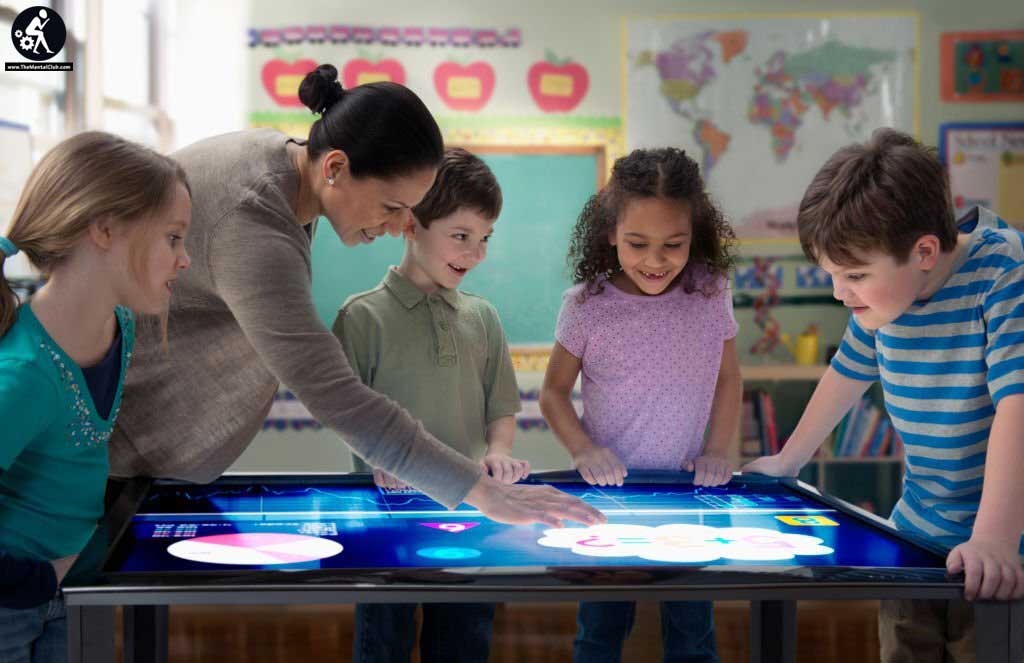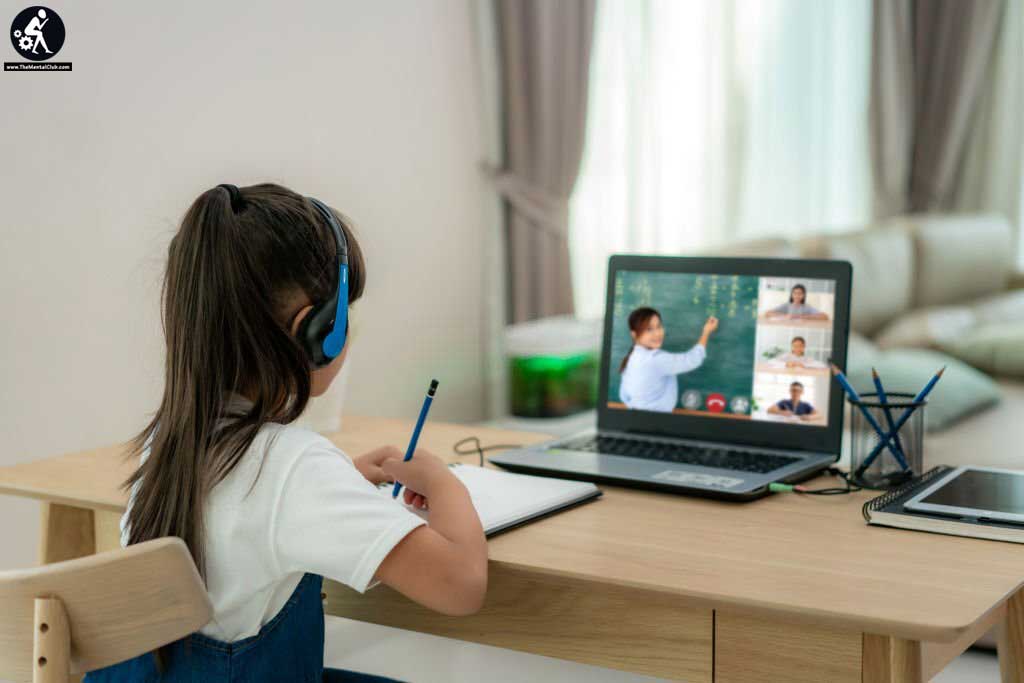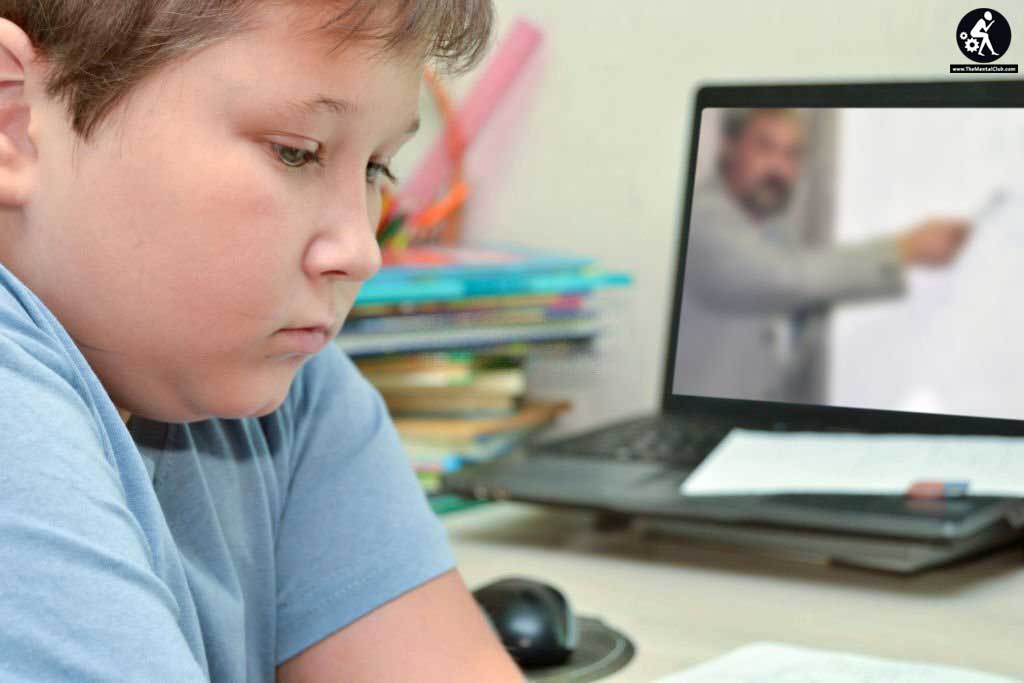It is well known that technology has become a fundamental component in many areas of people’s daily lives. Both children and adults rely on various means of digital tools to find information, communicate with loved ones around the world, and even shop online.
One area where technology is being significantly implemented is education. If you walk into a modern classroom, the chances are you will find all kinds of technological devices such as projectors, TVs, computers, and tablets which both students and school staff members use to facilitate the teaching process and improve the learning experience.
However, while some people are very supportive of integrating technology in education, others point out the negative effects that it may have on students.
Taking into account the arguments on both sides, here is a brief list of the advantages and disadvantages of using technology in education and how it impacts today’s students.

Pros of using technology
Reduces educational costs
One of the greatest benefits of using technology in education is the reduction of education-related costs. In fact, this is one of the main reasons why many students choose to complete their studies through online education as it helps them save a lot of money on buying school supplies and paying large tuition fees. By using various technological devices, students can have the same access to the learning process as those students who attend in-person classes.

Improves students’ learning experience
Another great advantage of using technology in education is that it improves students’ overall learning experience. Instead of gaining knowledge only from textbooks, they can now research information on various topics using a digital tool that will make their learning more effective, comprehensive, and engaging.
Plus, teachers’ teaching practice can also be improved as they can use different technological devices to supplement and reinforce their lessons as well as broaden students’ knowledge on particular subjects.

Prepares students for the future
One reason why students have ICT (Information and Communication Technology) in primary and secondary education is because it prepares them for the future. This school subject helps them gain basic knowledge about technology as well as teach them practical skills which students can implement in their future studies and professional career.
The truth is no matter what career they are going to pursue, chances are they will be using a digital device to complete their tasks more efficiently.
Cons of using technology
Can be a great distraction
One of the greatest disadvantages of using technology in education is that it can be distracting for students. Computers can provide young children with access to inappropriate content or information that is completely unrelated to the subject matter.

Therefore, it is crucial that schools restrict the use of applications and block all websites that have nothing to do with the teaching process itself. Instead, technology should be used in class only when it is absolutely necessary.
Diminishes cognitive development
Although technology can help improve students’ learning experience, it can also diminish their cognitive development at the same time. In other words, technology has automated almost all school activities. So, instead of children completing assignments on their own using their skills, they rely on digital devices to do the work for them. This further affects their problem-solving abilities, which is a highly sought-after set of skills that are necessary for their future studies and professional career.

Reduces direct peer interaction
Despite the fact that technology improves student advancement and project collaboration, it can still remove children from opportunities for socialization. This simply means that students have less need to verbally communicate and interact with their peers and teachers as they have access to various social platforms which allow them to do so remotely.
Unfortunately, this can leave them unable to communicate effectively with people when they need to have a real-life conversation both in the classroom and outside of it.

Final thoughts
There is no doubt that modern technology in education is a powerful tool that has a positive impact on learning. It improves students’ basic learning abilities and prepares them for the future in many ways.
However, in order to reap its benefits, it is important that school teachers and instructors teach students how to use technology effectively. By doing so, they will be able to negate the negative effects that are typically associated with it.
For more information, read out guide to learn about the advantages and disadvantages of using technology in education.





























